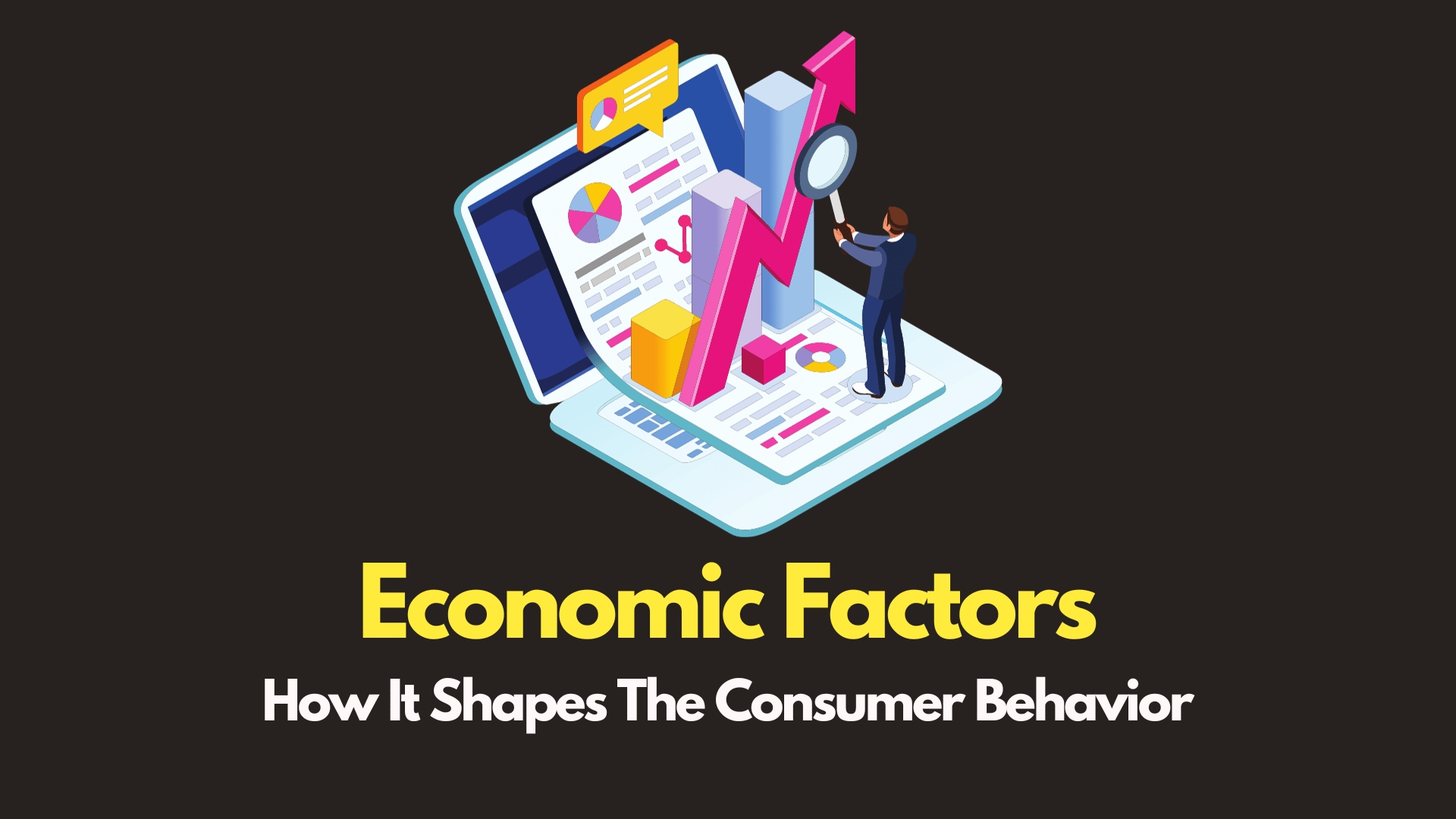Published
- 3 min read
The Influence of Economic Factors on Consumer Behavior

Key Takeaways
- Economic Fluctuations: Shifts in the economy, such as recessions or booms, significantly influence consumer spending patterns.
- Non-Price Factors: Consumers are swayed by various non-price factors, including psychological and personal factors, which can override economic conditions.
- Demographics and Socioeconomics: Consumer behavior is also affected by demographic and socioeconomic factors, like age, income, and marital status.
- Internal vs. External Factors: Both internal (personal, psychological) and external (cultural, social, economic) factors play roles in consumer decisions.
- Marketing Implications: Understanding these trends and conditions can help businesses tailor their strategies to consumer needs.
Introduction
In the complex landscape of consumer behavior, economic trends and conditions stand out as pivotal forces that shape how people allocate their financial resources. From the bustling aisles of retail stores to the digital carts of e-commerce platforms, the influence of the broader economy is ever-present. This article delves into the intricate relationship between economic shifts and consumer spending habits, offering insights that are crucial for businesses and marketers.
The Influence of Economic Trends on Spending Habits
When the economy experiences turbulence, consumers often adjust their spending accordingly. A recession may prompt households to tighten their belts, shifting from luxury goods to essentials and searching for discounts. Conversely, in times of economic prosperity, consumers may indulge in more extravagant purchases, as confidence in financial stability grows. The impact of social media on teen shopping trends also reflects these economic shifts, as young consumers are particularly sensitive to the latest economic buzz.
Non-Price Factors in Consumer Behavior
While economic conditions are significant, they are not the sole determinants of consumer spending. Non-price factors such as brand loyalty, product quality, and consumer values can often trump economic considerations. For instance, the hidden psychology of brand loyalty can keep customers returning to a brand even when cheaper alternatives are available, highlighting the complex interplay between economics and personal preferences.
Socioeconomic and Demographic Influences
The intricate web of consumer behavior is also influenced by socioeconomic and demographic factors. A study on the impact of cultural factors on consumer behavior shows that people’s cultural backgrounds significantly shape their spending habits. Additionally, the role of emotions in purchasing decisions cannot be overlooked, as emotional connections to products or brands can drive spending independent of economic conditions.
The Role of Internal and External Factors
Consumer behavior is a dance between internal factors like personal beliefs and external influences such as social norms. For instance, the psychology of discounts appeals to the internal desire for value, while external pressure to conform to social trends can lead to impulse purchases. Understanding the intersection of technology and mindfulness can further help businesses cater to the internal well-being of their customers, a factor that is increasingly important in consumer choices.
Marketing Strategies and Economic Trends
Businesses must stay attuned to economic trends to craft effective marketing strategies. By creating a balanced marketing strategy, companies can navigate the ebb and flow of consumer confidence. During economic downturns, for example, focusing on the psychological triggers in advertising can be particularly potent, as consumers seek reassurance and value.
Conclusion
In conclusion, while economic trends and conditions undeniably sway consumer spending, a multitude of other factors also come into play. Marketers and businesses must consider the full spectrum of influences, from personal and psychological to demographic and socioeconomic, to truly understand and engage with their target audiences. By doing so, they can not only survive but thrive, regardless of the economic climate.